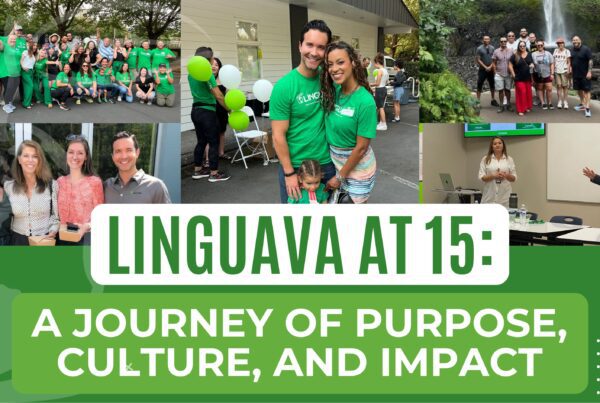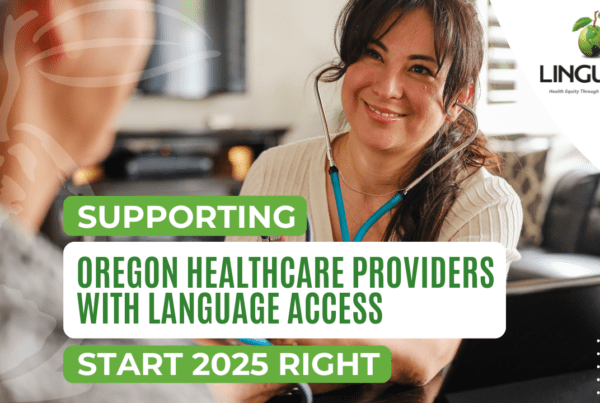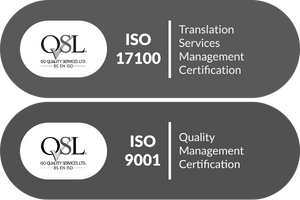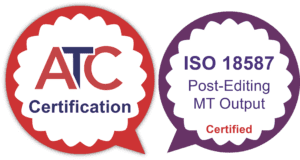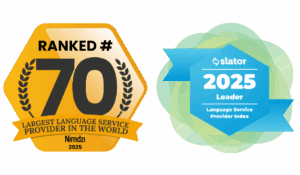Medical translation is vital for the use of medical, pharmaceutical and life science organizations. The medical field requires highly accurate and expertly translated documents. We explore the unique needs for medical translation, including the thresholds for translation, vital document definition, gathering demographic information, and translation quality verification.
WHAT ARE THE THRESHOLDS FOR TRANSLATION?
All Documents must be translated for languages spoken by:
- 10% of the population eligible to be served or likely to be directly affected*, or
- 3,000 individuals
Vital documents must be translated for languages spoken by:
- 5% of the population eligible to be served or likely to be directly affected*, or
- 1,000 individuals
*If the language group meets this threshold, but represents fewer than 100 individuals, sight translation is sufficient
WHAT ARE VITAL DOCUMENTS?
Any document that “contains information that is critical for accessing the federal fund recipient’s services and/or benefits, or is required by law.”
Examples:
- New patient paperwork
- Applications
- Consent forms
- HIPAA Privacy Policies
- Letters/notices about a reduction, denial, or termination of services or benefits
- Letters/notices that require a response
- Documents notifying individuals of free language assistance
GATHERING DEMOGRAPHIC INFORMATION
Who is eligible to be served or likely to be directly affected?
- Individuals who are in the organization’s service area (as defined by a Federal grant agency), and who qualify for benefits or services
- Individuals who might be directly affected by the organization’s conduct (for example: a parent who might seek services for a child, even if the parent is not eligible for services)
What if our organization does not have a service area approved by a Federal grant agency?
- The Office for Civil Rights (OCR) will recognize a service area designated and/or approved by state or local authorities, provided this does not discriminatorily exclude certain populations, or
- OCR will recognize a service area designated by the recipient/covered entity itself, if that service area does not discriminatorily exclude certain populations, or
- OCR will determine a service area based on the geographic areas the organization’s patients or clients are drawn from
Where can we get demographic information about the individuals in our service area?
One good resource is the American Community Survey, which publishes data every year and shows information on smaller geographic areas. However, this may not provide specific enough information for your organization if only a specific population is eligible for services at your organization (for example, if your organization serves only low-income households).
How often do we need to review data?
Data should be reviewed annually to make sure that demographic information for your area is up to date and you can best serve your patients.
HOW CAN WE VERIFY THE QUALITY OF OUR TRANSLATIONS?
- Verify the credentials of the translator you work with. Do they have a degree in translation? Are they certified?
- Ask about your LSP’s quality assurance process (which may include strategies such as peer review or back translation), and educate yourself on their quality assurance methods.
- Provide as much information as possible to your LSP about the target audience
- Seek input from the community about the quality of the translation. Does it make sense?
- Is it easily understood?
- If necessary, adapt the document to the population your organization serves, rather than just translating it word for word. This is called localization. Localization adapts the translation to a specific country or region and takes into account the language’s standards as well as the culture surrounding that language. For example, a handout on healthy eating might be adapted to highlight common foods eaten by Vietnamese-speaking patients, rather than just translated into Vietnamese.
WHAT IF OUR ORGANIZATION CAN’T AFFORD TRANSLATIONS?
The translation thresholds above are “safe harbors,” meaning your organization can be sure it is in compliance in terms of its translation of written materials if it follows these requirements. However, if your organization can demonstrate that the cost of translating documents in accordance with the Title VI safe harbor requirements is “so financially burdensome as to defeat the legitimate objectives of [it’s] program,” the Office of Civil Rights will not consider your organization out of compliance for failing to meet these requirements.
At Linguava, we have the highest number of qualified and certified interpreters in Oregon. If you are looking for high quality Onsite Interpretation, Scheduled Video Interpretation, Video Remote Interpretation, Over the Phone Interpretation, American Sign Language or Translation and Localization services and exceptional customer service, please contact our sales team at sales@linguava.com to learn more.
If you have a file ready to translate, get your file analysis and free quote here.


